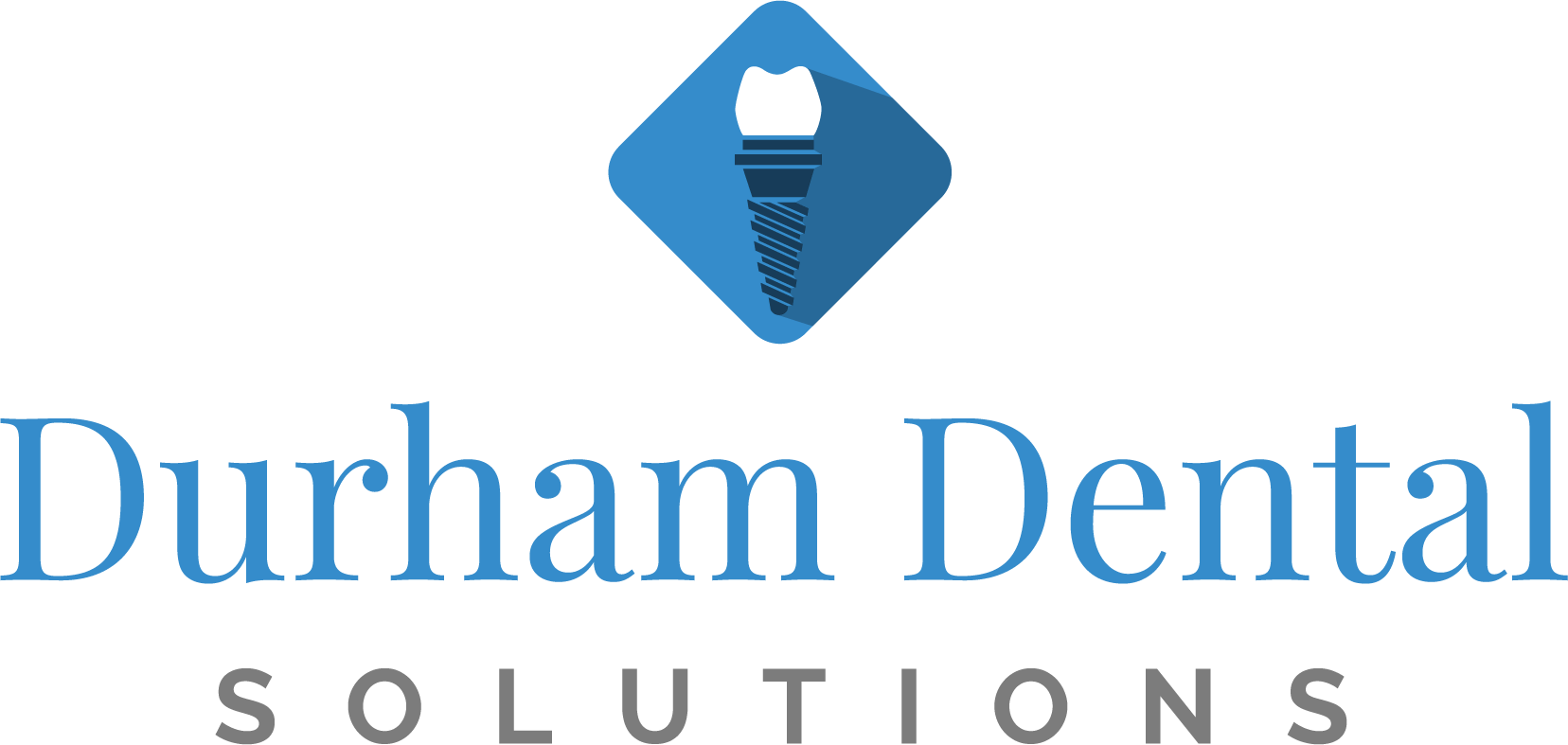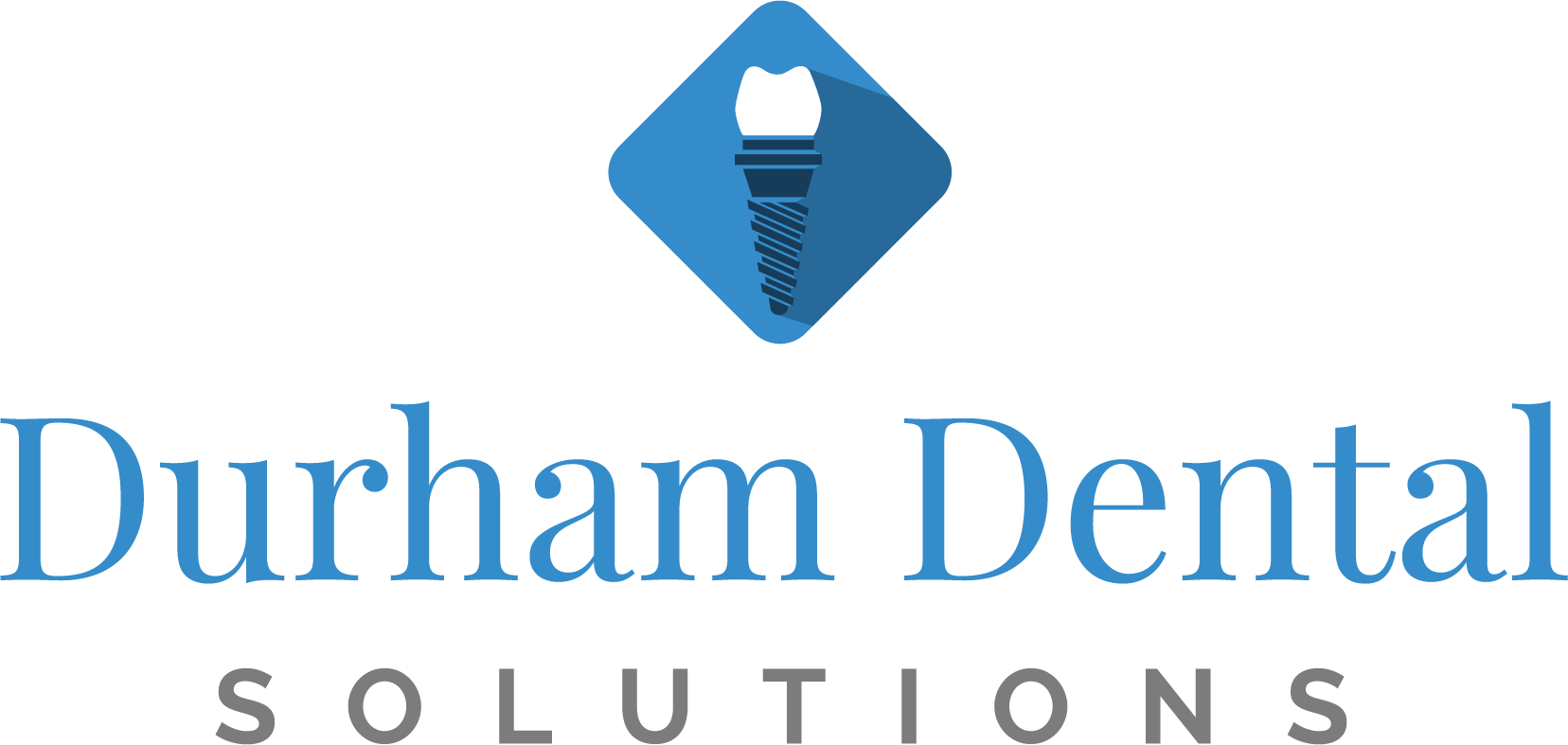Temporomandibular joint disorder, or TMJ in Courtice, is a condition affecting your jaw joints and the muscles controlling the movement of your lower jaw. Your temporomandibular joints hinge your lower jaw, connecting the jawbone to your skull and normally allow it to move smoothly from side to side and up and down, so you can talk, eat, yawn and laugh without pain or discomfort.
If the jaw joint or the muscles controlling them become inflamed or damaged, it can cause significant pain affecting your jaws and facial muscles. People with TMJ in Whitby can often awaken with chronic headaches.
What Causes TMJ Disorder?
The reason why some people develop this disorder is often difficult to pinpoint. Sometimes it’s due to a combination of factors such as arthritis, jaw injury, or genetics. People with a painful jaw often have a condition called bruxism, where they clench and grind their teeth. Usually, this occurs during sleep as it is largely a nocturnal condition. However, many people who regularly clench and grind their teeth will not go on to develop TMJ problems in Ajax.
What Are the Signs of TMJ Disorders?
Typical signs of TMJ disorders in Pickering include difficulty chewing or biting without pain. You may experience facial pain, and your jaw could feel tender or painful. The pain can affect one or both of your temporomandibular joints and extend to your ears. Your jaw joints may lock, making it difficult to open and close your mouth comfortably. When you open and close your mouth, you may notice a clicking or popping sensation.
Treating TMJ Headaches and Pain
If any of these symptoms sound familiar, make an appointment to come and see us at Durham Dental Solutions. Our dentists can gently examine your jaws and facial structures, assessing the range of movement of your jaws and checking for signs of tenderness and inflammation. We may take diagnostic images, including a cone beam CT scan in Oshawa, to assess your jaw joints more closely and to plan possible treatments.
Treating TMJ Disorders
TMJ problems in Newcastle can be treated in various ways, depending on the symptoms. One of the most traditional is to have a custom-made night splint that prevents your teeth from contacting during sleep so you can no longer clench and grind. However, another good way to prevent clenching and grinding and the subsequent chronic headaches caused by this habit is to consider Botox.
Many people think Botox is just for reducing wrinkles and fine lines, but it has multiple other uses. It can be useful for anyone diagnosed with TMJ disorder and experiencing chronic headaches caused by clenching and grinding in Clarington. It also helps to protect your teeth, especially if you have undergone extensive restoration after bruxism and have dental implants, crowns and veneers that can be damaged by tooth grinding and clenching.
All dentists receive extensive training in how the facial muscles and bones work together. This advanced knowledge helps us administer Botox precisely to help relieve the symptoms of TMJ disorders. Botox is extremely useful because it blocks nerve signals, reducing muscle movements so muscles can relax more easily. Consequently, pain and inflammation in the jaw joints decrease, so you no longer experience jaw pain and chronic headaches due to bruxism in Newcastle. It takes two or three weeks to receive the full effects of Botox treatment; usually, treatment lasts between six and nine months before you need to repeat it. However, the frequency of Botox treatments can decrease over time or may even be unnecessary.

